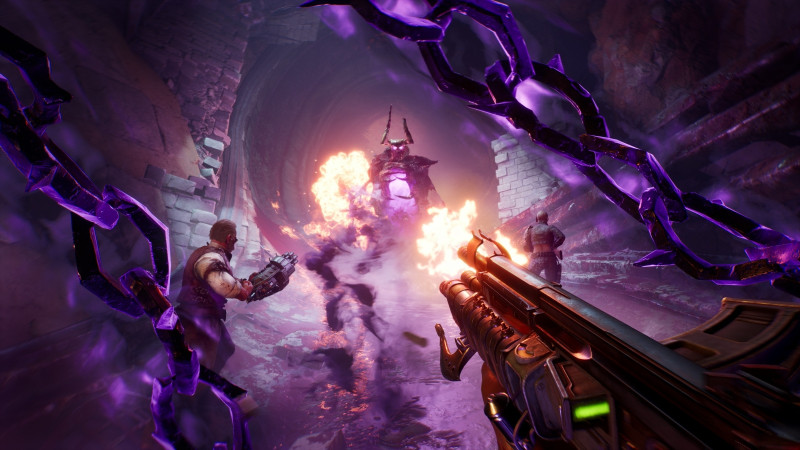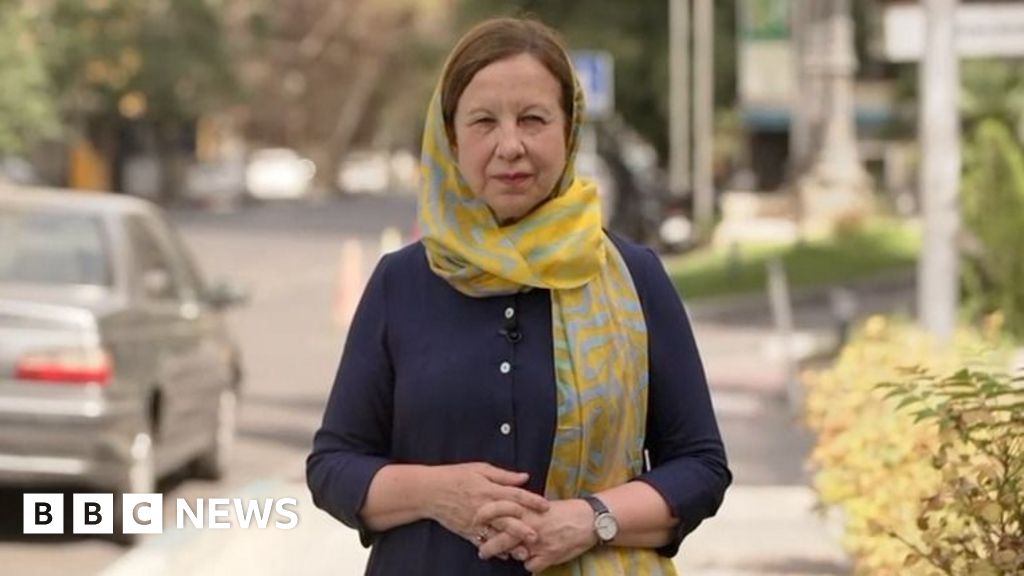Rubio Fleshes Out Trump’s Case That Iran Nuclear Capacity Was Eliminated


Secretary of State Marco Rubio said U.S. strikes had destroyed a facility that is key to producing a nuclear weapon. He railed against a less optimistic U.S. intelligence report. President Trump and Secretary of State Marco Rubio made their most detailed case yet on Wednesday for why they believe the American attack on Iran’s nuclear facilities dealt a fatal blow to the country’s ambitions, pushing back on the findings of a U.S. intelligence report and statements from international nuclear inspectors. While Mr. Trump largely repeated his arguments that the facilities were “obliterated,” Mr. Rubio stepped in with a more detailed description of why he thought the Iranians were set back for years, rather than by only a few months as the preliminary Defense Intelligence Agency report said. His argument centered on the belief that a “conversion facility” — which is key to converting nuclear fuel into the form needed to produce a nuclear weapon — was destroyed. The facility, in Isfahan, is where enriched uranium gas has been converted into solid materials, and ultimately a metal, that can be used to fabricate a nuclear bomb or a warhead. Israel reported hitting the facility, and an associated laboratory for turning the fuel to metal, and The New York Times described the hit at the time. Independent analysts believe the plant was severely damaged. “You can’t do a nuclear weapon without a conversion facility,” said Mr. Rubio, who serves simultaneously as interim national security adviser. “We can’t even find where it is, where it used to be on the map,” he added, speaking of the conversion facility. “The whole thing is blackened out. It’s gone. It’s wiped out.” Satellite photographs show extensive destruction, but not until international nuclear inspectors are allowed on the site will it be possible to know what it would take to rebuild, on the site or elsewhere. The report by the Defense Intelligence Agency focused largely on the state of the Fordo plant, the country’s deeply buried enrichment facility, which produced the near-bomb-grade fuel that would ultimately feed a conversion facility. The United States used powerful “bunker buster” bombs to hit that plant. Officials familiar with the intelligence report said that early findings concluded that the strikes had set back Iran’s nuclear program by months. Officials said the strikes sealed off entrances to the facility, but had not led to a collapse, leaving open the possibility thatthe country could eventually dig it out. But the reason Iran most likely could still race to a bomb relatively quickly, officials said, is that Iran likely retains much of its enriched uranium and likely has secret nuclear facilities in which to process it further. International inspectors and nuclear experts agree that the extensive damage to the conversion facility created a key bottleneck in the weapons-making process, and agreed that rebuilding it would likely take years. But that assumes, of course, that Iran did not build another conversion plant in secret, as part of an insurance policy against the destruction of its “declared” facilities, which are inspected by the International Atomic Energy Agency. The American attacks on Sunday morning in Iran were focused on two different elements of the nuclear program. The first was the two centers where enrichment was done, Natanz and Fordo. The second set of attacks were focused on facilities that could be used to turn the nuclear material into a weapon. Most of those were centered in Isfahan, including the conversion facility and the lab that produces uranium metal, which can be used in manufacturing a warhead. The United States objective appeared to be to take out both parts of the production chain in the hopes of setting the Iranians back as far as possible. In a separate assessment, David Albright and Spencer Faragasso of the nonpartisan Institute for Science and International Security, a nonprofit organization that follows the state of the Iranian program in depth, wrote on Wednesday that “Israel’s and U.S. attacks have effectively destroyed Iran’s centrifuge enrichment program.” They concluded “it will be a long time before Iran comes anywhere near the capability it had before the attack.” But their report noted that stocks of near-bomb-grade uranium and lesser-enriched materials remain, along with centrifuges that had been manufactured, but not yet installed. Iran may have moved some of the material to secret locations. The same report noted that the conversion facility was “severely damaged.” Mr. Trump argued that Iran had essentially given up its nuclear ambitions, saying they are not “even thinking” about nuclear enrichment anymore, though he did not provide any evidence to back up that assessment. Mr. Rubio was more careful. “Now anything in the world can be rebuilt," he said, “but now we know where it is, and if they try to rebuild it, we’ll have an option there as well.” Mr. Rubio also railed against the leaks of the Defense Intelligence Agency report by “staffers” and said the F.B.I. had been asked to investigate.
What's Your Reaction?
 Like
0
Like
0
 Dislike
0
Dislike
0
 Love
0
Love
0
 Funny
0
Funny
0
 Angry
0
Angry
0
 Sad
0
Sad
0
 Wow
0
Wow
0









































